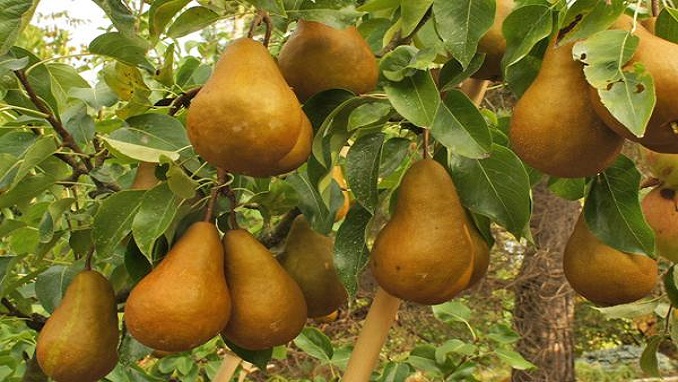This year, uncertainty hung over Europe’s economy as the region fought to recover from the effects of the COVID pandemic and the ongoing conflict between Russia and Ukraine.
Few anticipated the war’s outbreak on the eve of February 24; there have been 17,595 civilian injuries, including 6,826 fatalities, and tens of millions are at “possible risk of death,” according to UN data.
Since then, war-related shocks including rising energy costs, food insecurity and fertilizer shortage, unexpectedly rapid monetary tightening, subsidies, and inflation have emerged as the continent’s most pressing economic problems.
The world’s top financial organizations, such as the IMF and World Bank, have frequently had to modify their predictions for this year and those to come in light of this turmoil.
The World Bank predicted in January that the world economy would grow by 4.1%, and the EU would have a comparable growth rate. But as of right now, the international organization has decreased its growth prediction by about one-third, to 2.9%.
In its study “Countering The Cost-of-Living Crisis,” the IMF predicts that global growth will reach 2.7% in 2023, the worst profile since 2001, excluding the global financial crisis and the severe phase of the COVID-19 pandemic.
Indermit Gill, the chief economist of the World Bank Group, expressed his opinions on the Development Podcast, claiming that the previous two years had become a “case study” of how the world had forgotten fundamental economic principles.
He emphasized that because the US, EU, and China accounted for more than 60% of the global economy, developments in those three regions directly affected the rest of the world. He added that the current unrest resulted from the cumulative effects of various policies and events over the past year.
The energy crisis, paired with high gas prices has also resulted in fertilizer shortage. This was a blow to farmers and food producers, as it further intensified food insecurity.
Additionally, the UN FAO food price index showed a modest decline in November from October to 135.7, which was still marginally over pre-war levels and much below the record high of 159.7 set in March.
With interest rates hitting 4.5% in the US, 2.5% in the eurozone, and 3.5% in the UK, central banks have tightened monetary policy further in response to growing inflation, heightening fears of an impending recession.
According to the European Central Bank, the oil crisis, international unrest, a deteriorating world economy, and tightening financial conditions will cause the eurozone economy to decrease in the current and next quarters.
To help curb food shortage, the UN FAO and WTO conducted a study and made a number of strong suggestions to the G20 governments, an international body made up of 19 nations and the European Union, all of which were aimed at reducing problems with the food supply caused by the shortages.
The WTO and FAO study recommends “mobilizing foreign financial help” and putting in place instruments like “fertilizer contract swaps” to do this while reducing farmer expenses.
Moreover, in late November a press release confirmed the relaunch of operations of Lithuanian fertilizer manufacturer Lifosa, a subsidiary of the Swiss EuroChem Group AG.
“With the need to continue fertilizer supplies to key target markets in Europe and the Americas and the importance of Lifosa to Lithuania, we are pleased that we will be able to restart production in the short term,” Brikho noted.
The announcement further emphasized that removing restrictions on obtaining premium raw materials from EuroChem would allow Lifosa to once again meet the high cadmium limits imposed by the EU Commission.



